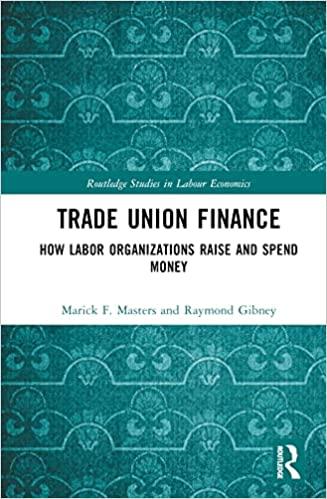Question
5. Leveraged Buyout of BCE: Hedging Security Risk Description In 2007, an analyst in the derivatives group of investment bank Grenfeld & Co. was asked
5. Leveraged Buyout of BCE: Hedging Security Risk
Description
In 2007, an analyst in the derivatives group of investment bank Grenfeld & Co. was asked to devise a hedging strategy for Providence Equity Partners (Providence) in Bell Canada Enterprises (BCE Inc.). Providence was based in the United States and any strategy would involve significant foreign exchange rate risk due to the conversion of returns into U.S. dollars. The analyst needed to consider several long-term hedging strategies that Grenfeld & Co. could recommend to Providence. Her vice-president had asked that she create a hedging strategy by initially assuming a 25 per cent IRR for the investment and its performance, based on two outcomes at the end of the investment (investment horizon = five years): a zero per cent IRR and a 25 per cent IRR
DOLLAR AMOUNT HEDGED= Proceeds from Investment= 3billion (1.25)^(5) =?
ASSUMPTIONS Investment Horizon: 5 years Spot Cdn$/US$ Exchange Rate: 1.045 Forwards: The 5-year Cdn$/US$ rate was 1.027 Put Options: For the initial draft, Blackwell suggested pulling information on a put option struck slightly out of the money at $1.10. The premium on a 5-year option struck at $1.10 was 1.53 per cent of the amount hedged. Expected Return (per annum): 25 per cent Worst Case Scenario Return (per annum): zero per cent
1) Should Providence Capital be worried about exchange rate fluctuations?
Descriptive Answer
2)Assume Providence is successful in restructuring BCE to achieve the 25% IRR in Canadian Dollars. What is the effect of exchange rate fluctuations on Providence Capital's CF (sensititivity analysis)
You can solve the value of the proceeds they get from their investment in US dollars for different exchange rates from 1 Canadian Dollar = 0.8 US Dollars to 1 Canadian Dollar= 1.45 US Dollars. Once you have the proceeds you can solve for the IRR of their investment.
Graph this of the actual realized IRR in US dollars versus different exchange rates.
3) If the cash flows are hedged using futures or options show how the CF are affected by changes in exchange rates. What happens if the IRR is 25% and the IRR is zero.
USE 25% IRR and assume that Providence Equity is Fully Hedged using either
a) Futures or
b) Options.
Exactly like you did in Question (2) draw the graph of the IRR against different exchange rates. Note that with forwards you get the same amount all the time. With Options you walk away when the exchange rates are better than what you have in the contract.
YOU REPEAT THE ANALYSIS WHEN THE IRR IS 0.
4) Based on your findings in (3), would you recommend options strategy or the forwards strategy?
Step by Step Solution
There are 3 Steps involved in it
Step: 1

Get Instant Access to Expert-Tailored Solutions
See step-by-step solutions with expert insights and AI powered tools for academic success
Step: 2

Step: 3

Ace Your Homework with AI
Get the answers you need in no time with our AI-driven, step-by-step assistance
Get Started


